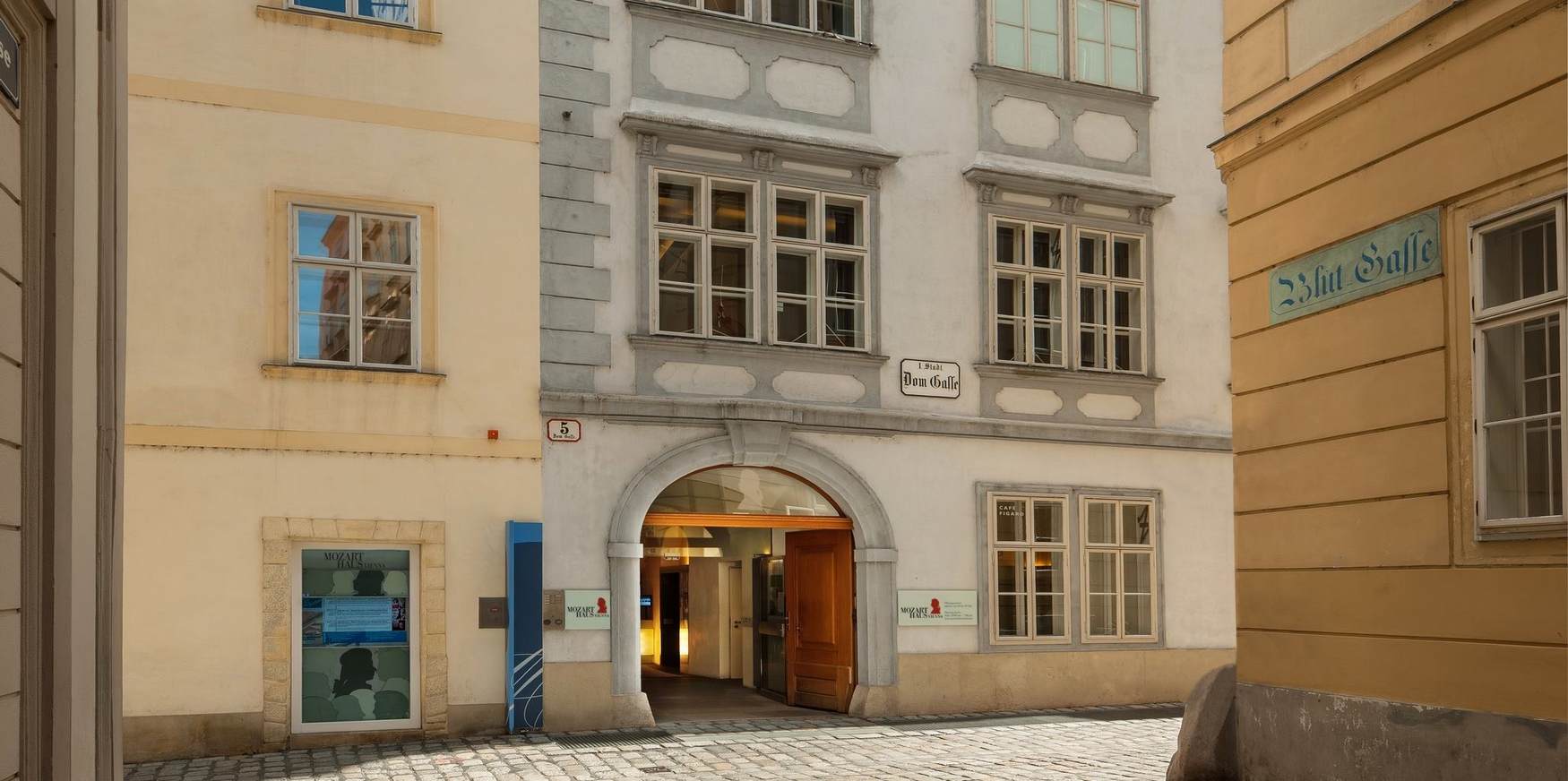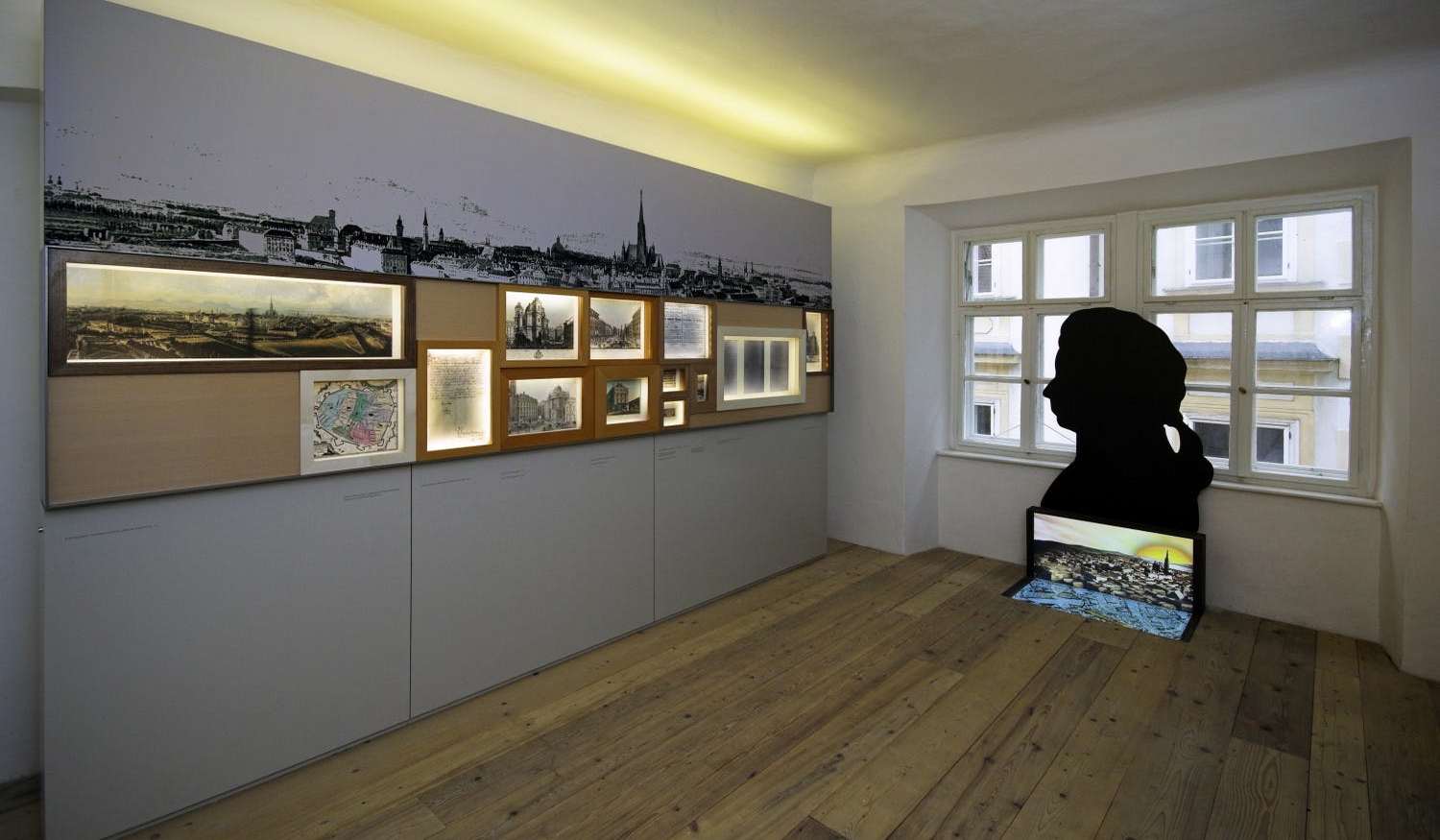Have you introduced your child to classical music? If not, it's time to correct that mistake. Vienna is also home to Mozart's house — the only surviving apartment in the city where the great composer lived and worked.
Lovers of classical music will enjoy the museum (this is where The Marriage of Figaro was written), and it's interesting to see the real objects the genius used in his everyday life. If your child knows Mozart's name, a visit to the house will be of interest to them. If not, it's a good time to tell them, and even better to show them.
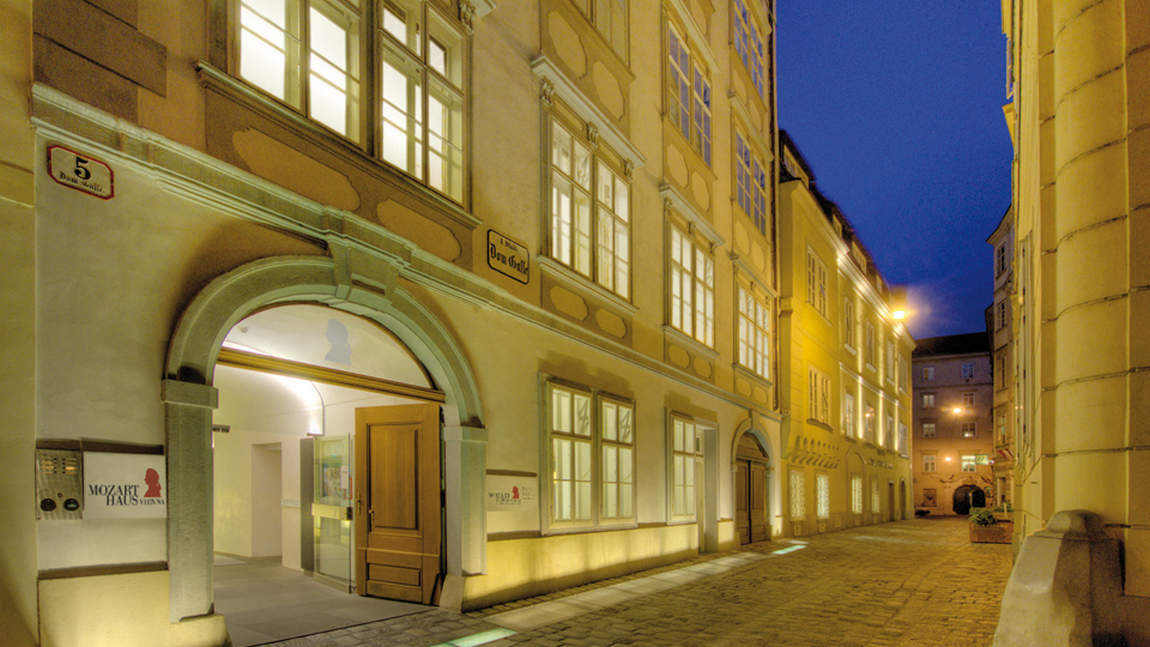
Museum exhibitions
Mozart's house in Vienna is located in a quiet street just behind St Stephen's Cathedral. It is a four-storey building where the composer lived and worked with his wife and two children from 1784 to 1787. The apartment itself, consisting of four rooms, two studies and a kitchen, was on the first floor and the house was called the Figaro House until 2006.
The Mozart House Museum in Vienna preserves the atmosphere of the old days, as the walls and ceilings are still the same. Among the exhibits are many original objects from the composer's everyday life. Next to them are modern interactive screens with helpful tourist information.
Visitors can use an audio guide, which is available in 11 languages (which adds a great deal of information to the tour).
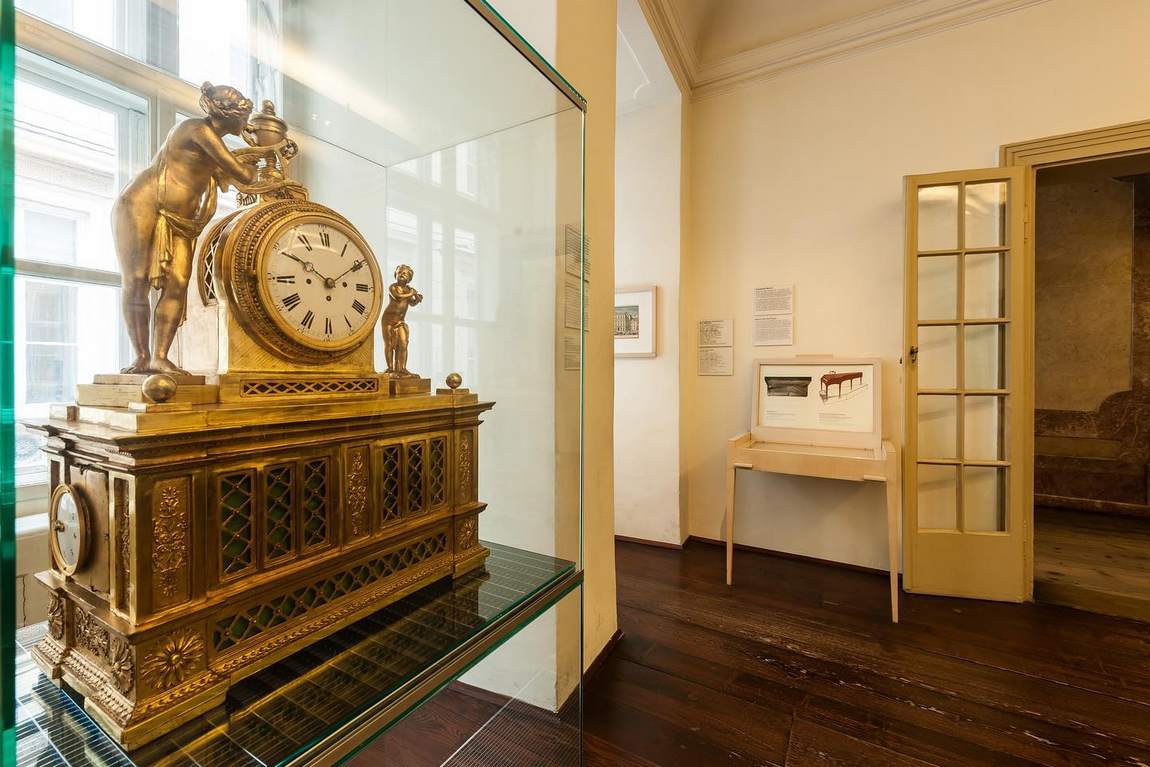
So let's take a virtual tour of the museum. On the ground floor is the Bosendorfer Hall, which has excellent acoustics and is regularly used for chamber concerts. The first floor is the most interesting part of the exhibition, as this is where the composer lived, and it is in these rooms that the exhibits are most interesting for adults and children alike.
One of the rooms recreates the interior of the period. The furniture may not be as it once was, but it is fully in keeping with the period. Every little detail, such as the ceiling painted with golden patterns and decorated with volumetric silhouettes, will catch your attention.
On the third floor you will find works by Mozart and multimedia installations featuring fragments of famous works such as the Magic Flute and the Requiem. On the fourth floor, you can learn a lot about Vienna at that time, the habits of his contemporaries and the life of the nobility.
A visit here will give you a broader insight into the life of the great composer. You may learn facts you didn't know.
As you know, Wolfgang Amadeus was born in Salzburg (which also has a Mozart house museum), and then went on to conquer the capital. But his work was never recognised during his lifetime. The composer lived in abject poverty. Add to this his penchant for gambling, as the audio guide explains.
When Mozart fell ill, the treatment was based on the traditional method of bloodletting — knives for this, by the way, are also on display! Such a barbaric method, however, only worsened the situation and Mozart died. Exactly what was the cause of his death is still not known; one of the most popular theories is rheumatic fever.
They will also tell you that the composer died in such poverty that he was buried in a common grave with beggars and criminals.
How to introduce children to Mozart's work
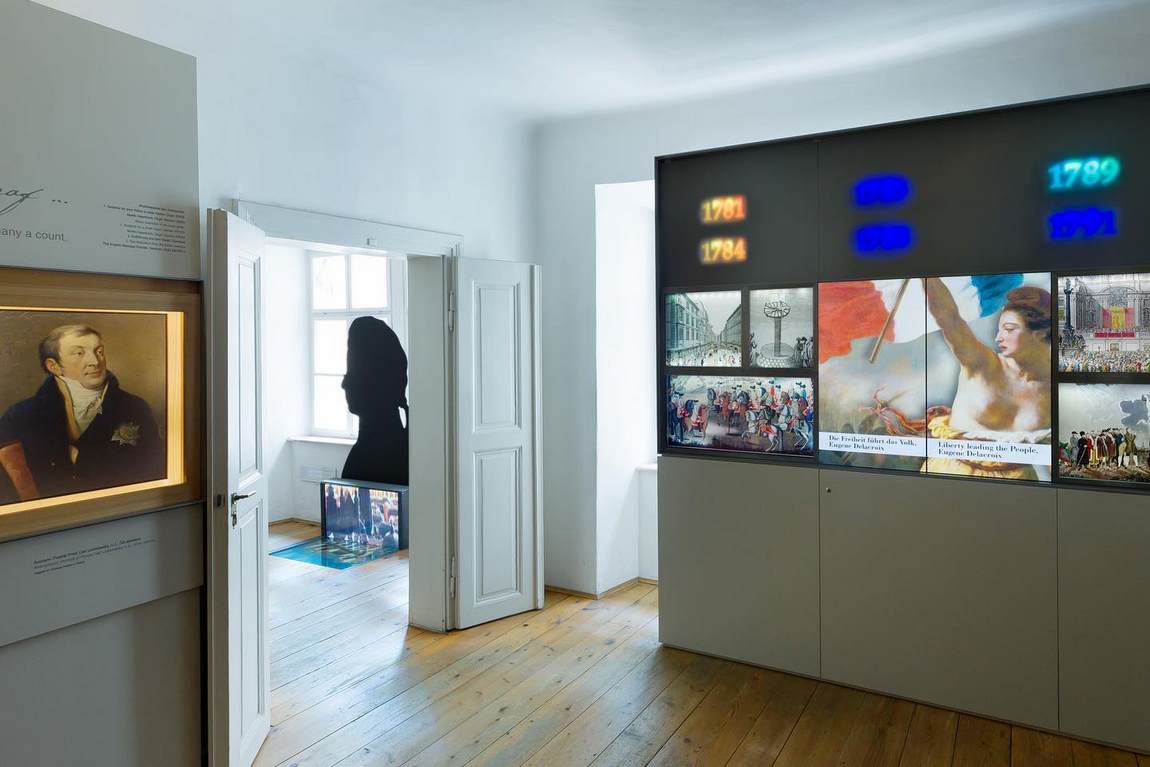
To make a trip to Vienna more interesting for children, you can introduce them to the culture and features of the city in advance. Take a classical music CD player with you and tell your child about the composer's work, including well-known compositions in the background. Do not overload them with information about titles and dates.
Tourists who have visited this museum with children say that they watched themed cartoons, including "Little Mozart", with the whole family before the trip. You can also think of lots of themed games to reinforce the information.
We're sure that once you've prepared, a visit to the museum where the famous person lived and worked will be much more interesting, informative and enriching for the child. Similar methods can be used when travelling to any country, because it will be easier and more curious for the child to learn about what he or she already knows from afar.


